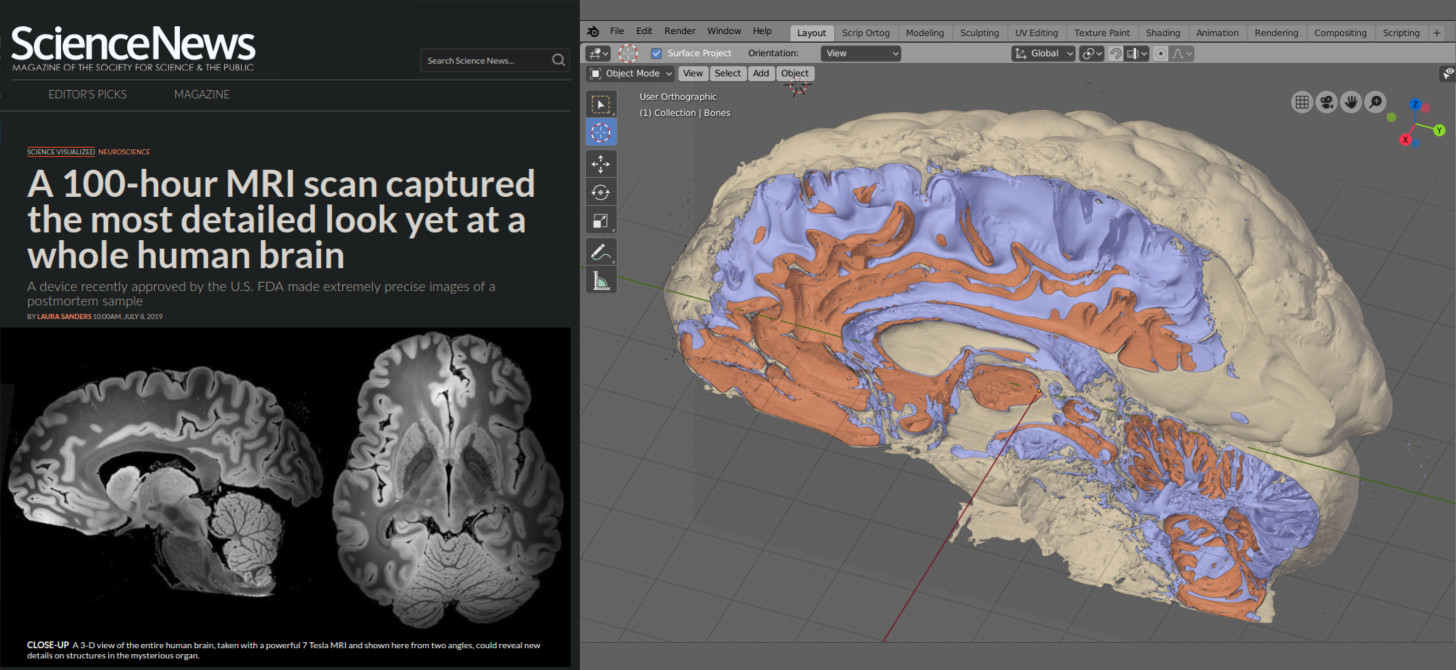Present at Virtual Psychonomics 2020 Annual Meeting
Published:
Today, I presented my latest research on the neural representation of head direction signals in the human brain at Psychonomics 2020. I am glad to receive all the good questions and kind suggestions from other cognitive psychologists.
It is always fun to try out new presentation formats at virtual conferences. This time, my presentation is a pre-recorded 5 min video. Therefore, audience can watch my presentation in advance and then join my zoom room Q&A session to ask questions. It did take quite a bit of time for me to record the presentation and add captions, but it’s worth it because I get to fully enjoy the conference with no distraction of an on-going presentation task.
One of my favorite sections of the annual Psychonomics Meeting is the keynote talk. This time, Prof. Lynn Hasher from University of Toronto talked about what will happen when we get too much information (TMI) and her team found that young adults and older adults perform very differently under TMI: older adults even outperform young adults on some tasks! It only takes 1h to attend the keynote talk each year, but it usually takes me rest of the year to digest the content. Using a Chinese idiom to describe the feeling is tí hú guàn dǐng (direct translation: pour ghee into head, which indicates suddenly filled with wisdom).
The post today is short because I can’t wait to move on to review abstracts for tomorrow’s talks and posters. If you’d like to watch my presentation, please register at Psychonomics 2020 and then go to Thursday Nov. 19th poster No. 1309. The registration is free (another thing I like about Psychonomics!) and will be available for 6 months!
If you already read here, I’m going to share with you something new I learned this week: you can use 3D Blender to visualize a good-looking brain.

